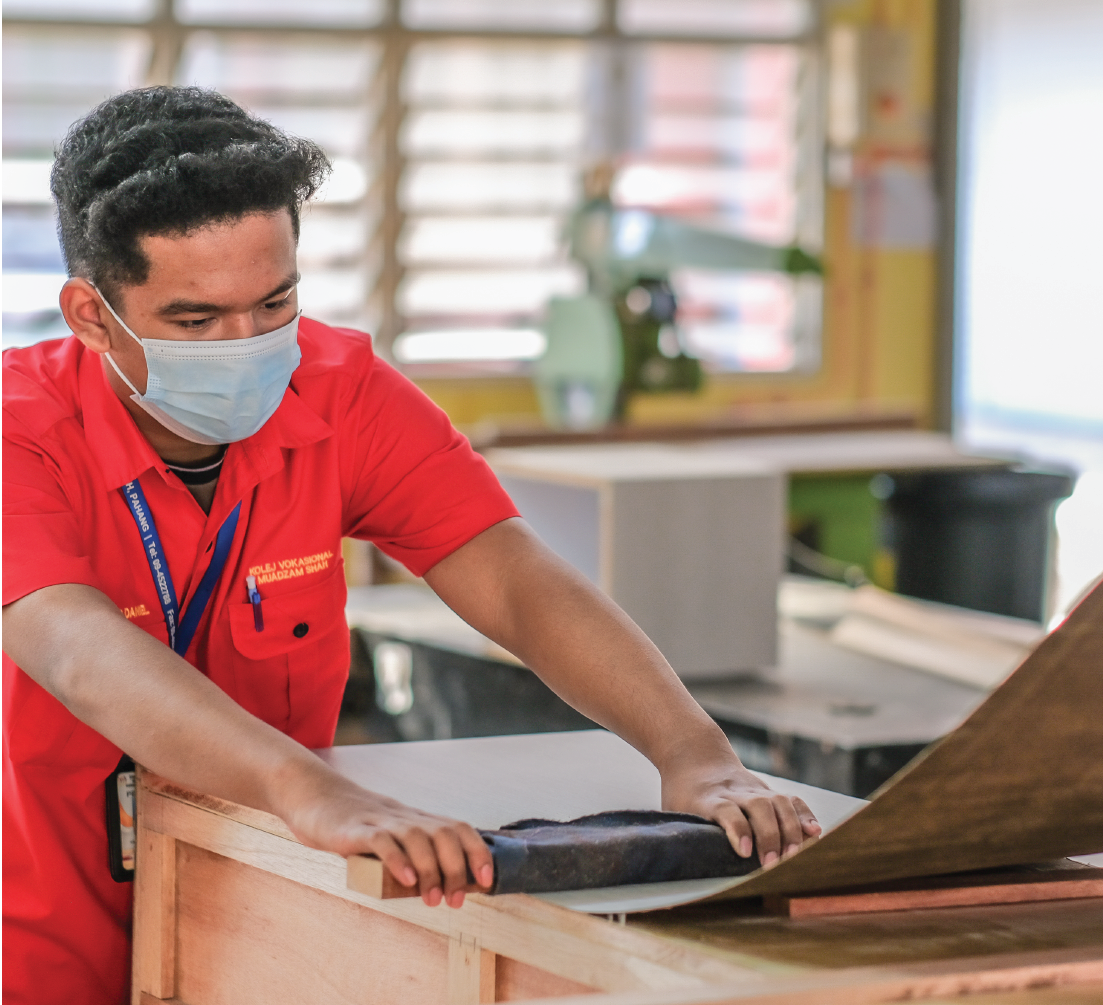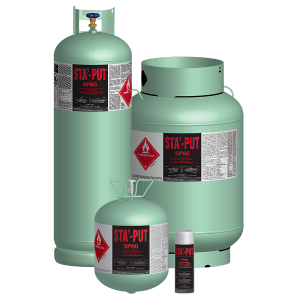
Why is Epoxy a Good Adhesive for Metals?
Reading Time: 3 minutes

At Chemical Concepts, we field lots of questions about our products. One of the most common questions we receive is “which adhesive is right for my metal-to-metal design?” Adhering metal to metal can be difficult, but we’re committed to finding everyone the right adhesive.
For metal-to-metal adhesion, nothing is more effective than epoxy adhesives. But why? What makes epoxy adhesives ideal for any metal-to-metal bond? Today, we’re going to cover the differences between one-part and two-part epoxies and explain what benefits each one provides.
Two-Part Epoxies
Two-part epoxies don’t have quite the same strength as one-part epoxies, but they do provide their own set of advantages. Two-part epoxies have a room-temperature cure, unlike most one-part epoxies that only cure via heat. They are also easier to dispense and generally retain more flexibility than on-part epoxies, which stay quite hard and are not ideal for projects requiring any flexibility in the adhesion area.
Depending on the type of metal, the average strength of these epoxies is between 1750-4350 psi! These can handle a wide range of temperatures, are non-sag, and are both environmentally and chemically resistant. A great example of this is our LORD 304 ½ general purpose, which remains in position when applied on vertical or overhead surfaces, which allows for greater process flexibility.
Two-part epoxies are extremely environmentally resistant, meaning that they can resist moisture, sunlight, salt spray, and thermal cycling extremely well. They are also highly recommended environmentally, since they contain no solvent and are virtually odorless.
One-Part Epoxies
One-part epoxies are a clear favorite of most contractors when it comes to strength, durability, and style. Most one-part epoxies are heat-activated; once fully cured they are incredibly heat resistant, withstanding temperatures up to 350˚F with standard heat resistance and 570˚F with high heat resistance.
The major components of one-part epoxies that make them ideal for metal bonding include:
- Non-Sag – the epoxy does not sag or begin to flow as temperatures elevate
- Flowing – upon application, the epoxy will level out and spread slightly
- Chemical Resistance – the epoxy can withstand exposure to polar and non-polar solvents
One-part epoxies require no mixing and cure rapidly. They are also tremendously cost-saving over brazing and welding.
When it comes to metal adhesion, epoxies are the clear winner. Have questions or want to learn more? Our representatives are here to help! Give us a call at 1-800-220-1966 or send us an email at [email protected]. We look forward to hearing from you!


